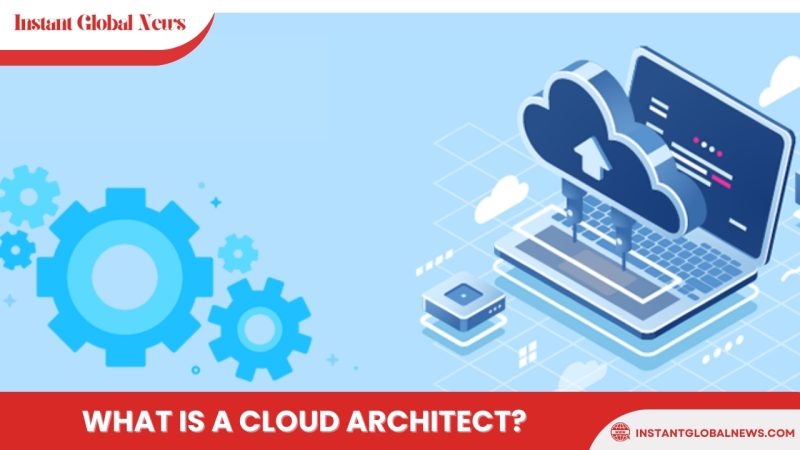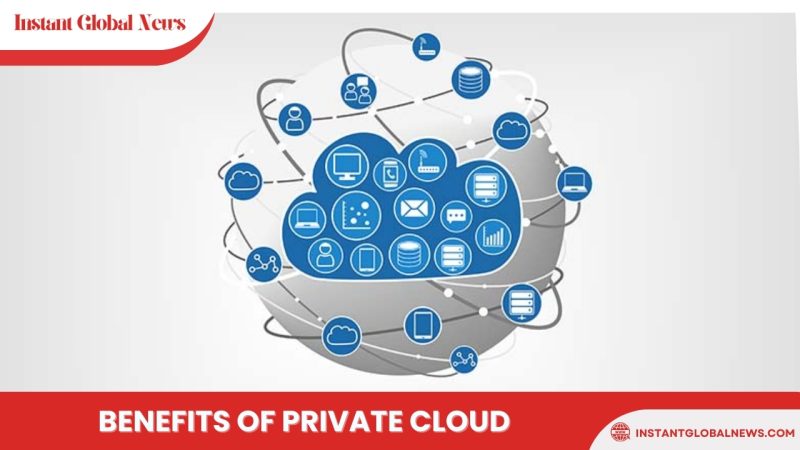
Cloud computing is evolving at a rapid pace, and it’s crucial to stay updated with the latest trends. As we look ahead to 2024, there are several key trends that will dominate the cloud computing landscape. From the democratization of software development to advancements in artificial intelligence, let’s dive into the top cloud computing trends shaping the future.
1. The Rise of Citizen Developers
The concept of citizen developers is revolutionizing the cloud computing industry. Citizen developers are individuals who can create customized automation and connect popular APIs without coding expertise. Leading companies like Microsoft, AWS, and Google are releasing tools that make app development easier with drag-and-drop interfaces. This trend empowers individuals to create complex mobile and web apps, opening up new possibilities for innovation.
2. Advancements in AI/ML
Artificial intelligence (AI) and machine learning (ML) continue to be at the forefront of cloud computing advancements. AWS and Google are heavily investing in machine learning technologies, with applications ranging from Google Lens to deep learning cameras. IBM is also driving the industry with AI and ML initiatives. These advancements will shape the future of AI and its integration into various products and services.
3. Automation for Efficiency
Automation is the secret sauce of cloud computing. When implemented correctly, automation can significantly enhance efficiency, improve system quality, and reduce downtime risks. As citizen developer tools and AI investments expand, expect to see cloud vendors releasing more automation devices. These advancements will simplify and streamline complex processes, making automation more accessible for businesses.
4. Data Analysis and Storage
Data analysis and storage are essential components of cloud computing. In the future, data will be stored in larger distributed databases, leveraging the power of graphics processing units (GPUs) for parallel computing. This shift will impact how we process, store, and utilize data, leading to the development of new business systems and innovative computing architectures.
5. Intensifying Competition
Competition between major cloud providers, such as AWS, Microsoft Azure, and Google Cloud Platform, will continue to escalate. This competition will manifest in pricing and financial incentives, reliability, and the emergence of new cloud vendors. Lowering costs will be a priority for cloud providers, with the pay-as-you-go model becoming more prevalent across services. Expect increased transparency in resource usage and per-byte cost.
6. Kubernetes and Docker for Cloud Deployment
Kubernetes and Docker are revolutionizing cloud deployment. Kubernetes, an open-source container orchestration platform, automates deployment, scaling, and management of containerized applications. Docker, a popular containerization platform, enables developers to package applications for seamless deployment across platforms. These tools empower developers to efficiently manage cloud deployments, creating a more agile and scalable environment.
7. Enhanced Cloud Security and Resilience
As businesses increasingly migrate operations to the cloud, security and resilience become top priorities. Cloud providers are investing heavily in security features such as data encryption, access controls, and disaster recovery solutions to ensure customers’ data protection. These advancements aim to provide a secure and resilient cloud environment for businesses.
8. Multi and Hybrid Cloud Solutions
To leverage the strengths of different cloud providers while maintaining control over data and applications, multi and hybrid cloud solutions are gaining popularity. Businesses are spreading their workloads across multiple cloud providers and on-premises infrastructure. This approach offers flexibility and allows businesses to optimize their cloud strategy based on specific requirements.
9. Cloud Cost Optimization
As the number of cloud users grows, managing costs becomes a major concern for businesses. Cloud providers are developing tools and services to help customers optimize spending. Cost management tools include cost monitoring, budgeting tools, instance sizing recommendations, and reserved instance options. These solutions enable businesses to effectively manage and control their cloud expenditures.
10. Edge Computing
Edge computing brings computation and data storage closer to the devices and sensors generating it, reducing latency and bandwidth requirements. This trend enables faster and more efficient data processing, making it ideal for real-time applications. Edge computing enhances the performance and responsiveness of cloud services, expanding possibilities for IoT and other applications.
11. Disaster Recovery Solutions
Disaster recovery solutions are becoming crucial for businesses moving operations to the cloud. Cloud providers are developing solutions to enable quick recovery from disruptions, such as natural disasters or cyberattacks. These solutions ensure business continuity and data protection, giving organizations peace of mind.
12. Innovation and Consolidation in Cloud Gaming
Cloud gaming is a thriving market, and cloud providers are heavily investing in this space. Consolidation is occurring as major players acquire smaller companies to expand their offerings and reach. Expect innovations that enhance the gaming experience and redefine the industry.
13. Serverless Computing
Serverless computing is gaining momentum as it allows developers to run code without managing servers. This approach reduces infrastructure costs and offers increased scalability. Cloud providers are introducing serverless computing options to simplify development processes and optimize resource utilization.
14. Blockchain Integration
Blockchain technology is being integrated with cloud computing to create new applications and services. Cloud providers offer blockchain-as-a-service (BaaS) solutions that enable businesses to build and deploy blockchain applications seamlessly in the cloud. These solutions enhance reliability, transparency, and security in various industries.
15. IoT Solutions
The Internet of Things (IoT) is a rapidly expanding market, and cloud providers are investing in IoT solutions. These solutions help businesses manage and process vast amounts of data generated by IoT devices. Cloud computing provides a scalable and efficient platform for handling IoT data, enabling businesses to derive valuable insights.
16. Open Source Cloud Solutions
Open-source cloud solutions are gaining popularity as they offer businesses more flexibility and control over their cloud infrastructure. Open-source cloud providers provide customization options and lower costs compared to traditional providers. This trend allows businesses to tailor their cloud environments to specific needs and leverage community-driven innovation.
17. Low-Code and No-Code Cloud Services
Low-code and no-code cloud services enable businesses to develop applications and services without extensive technical expertise. These solutions accelerate development times and reduce costs by simplifying the development process. Cloud providers offer platforms that facilitate rapid application development, empowering businesses to bring ideas to life swiftly.
18. Cloud-Native Applications
Cloud-native applications are designed to run on cloud infrastructure and leverage cloud services to their full potential. Cloud providers offer tools and services to help businesses build and deploy cloud-native applications seamlessly. This trend enables businesses to take advantage of scalability, resilience, and efficiency provided by cloud technologies.
19. DevSecOps Practices
DevSecOps, an approach that integrates security into the software development process, is gaining prominence in cloud computing. Cloud providers offer tools and services to help businesses implement DevSecOps practices effectively. This approach ensures security is prioritized throughout the development lifecycle, mitigating risks and enhancing data protection.
20. Service Mesh Solutions
Service mesh technology provides network features like load balancing, traffic management, and security for microservices. Cloud providers offer service mesh solutions to help organizations manage their microservices effectively. Service mesh enhances scalability, performance, and security in complex cloud environments.
21. Green Computing Initiatives
Cloud providers are investing in green computing initiatives to reduce their carbon footprint and meet sustainability goals. These initiatives include using renewable energy sources and energy-efficient infrastructure. By prioritizing sustainability, cloud providers take an active role in promoting environmentally friendly practices.
As cloud computing continues to evolve, these trends will shape the future of the industry. From democratizing software development to implementing cutting-edge technologies, cloud computing offers limitless possibilities for businesses worldwide. Stay tuned to Instant Global News for the latest updates on cloud computing and other emerging trends.
Note: The original article has been modified to meet the requirements of an Instant Global News format.


